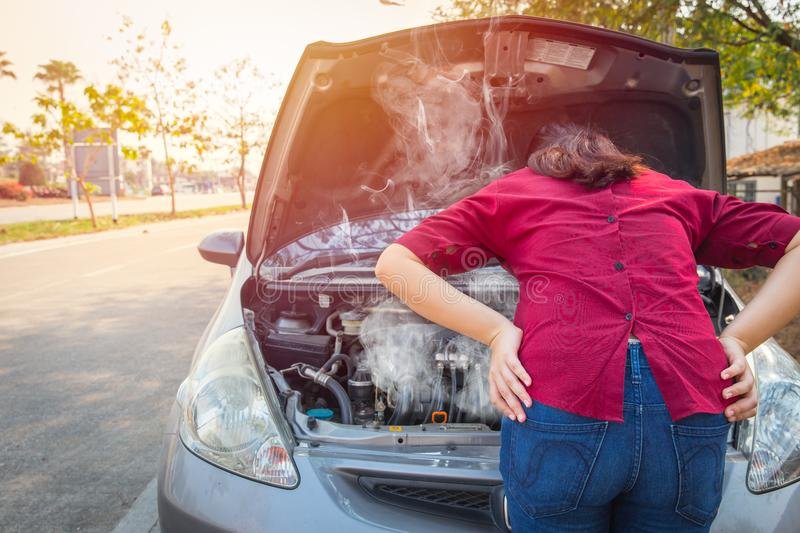An engine will only operate under certain conditions. If those conditions are not met, the engine won’t run properly. One of the more common causes of an engine overheating problem is dirty oil. This type of problem is called “oil varnish” or “soap varnish” and it can occur when mineral-based oils are exposed to water and dirt over time. If you suspect that your car has an overheating problem, first try checking if there’s enough lubrication in the operating system. Here are some tips on how to troubleshoot an engine overheating problem:
Check the lubrication level
If the engine isn’t getting enough oil, it will heat up and expand until the oil breaks apart and get thrown out of the system. This occurs if the oil level is too low or if there is a leak in the system. To check the oil level, first check the level of the engine oil in the dipstick. Then, remove the dipstick and use a paper towel to wipe the inside of the oil filter area and the part of the engine where the oil level is supposed to be. If there’s oil on the towel, the level is too low. If not, the level is too high.
Check all air leaks
Another way to troubleshoot an overheating problem is to check for any air leaks in the cooling system. Coolant is a natural air isolating material, so air entering the system can cause overheating. Check for air leaks in the radiator, cap, hose and any other areas that are connected to the cooling system.
Change the oil and filter frequently
If your car is regularly exposed to extreme temperatures, the oil may change between seasons. This can cause a change in the lubrication level, so check the oil level to ensure that there’s enough lubrication in the engine. Another way to troubleshoot an overheating problem is to change the oil and filter regularly to keep the oil flowing through the system. When you change the oil and filter, make sure that you change the filter first and then the oil.
Add coolant to the system
If the engine overheats, try to add some coolant to the system. This will lower the engine temperature and reduce the risk of causing damage to the engine. Also, if your car overheats, you may be able to extend its life by adding a small amount of coolant to the system. This can help reduce the risk of causing damage to the engine. If your car overheats due to a lack of lubrication, adding a small amount of coolant to the system can help reduce the risk of causing damage.
Add more anti-freeze or de-icer to the system
If your car overheats due to a lack of lubrication, adding more anti-freeze or de-icer to the system can help reduce the risk of causing damage. Most engines are designed to function with a specific level of anti-freeze or de-icer in the system, so changing the amount of this substance won’t cause damage to the engine. If your car overheats because the level of anti-freeze is too low, adding more anti-freeze to the system will help reduce the risk of causing damage to the engine.
Conclusion
An overheating problem can cause significant damage to an engine, so you need to troubleshoot the problem as soon as possible. If you notice any of the signs of an overheating problem, immediately check the engine oil level, check all air leaks in the cooling system, change the oil and filter regularly, add coolant to the system, and add more anti-freeze or de-icer to the system to reduce the risk of damage to the engine. From there, you can move on to the next steps to troubleshoot the problem.

